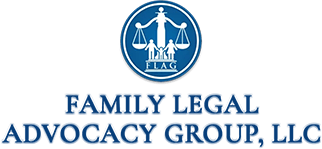Earlier this year, the Collaborative for Student Success and Bellwether Education Partners brought together more than 30 education experts — with state and national experience, Republicans and Democrats — to independently review the first 17 state ESSA plans submitted to the U.S. Department of Education
While the results of that review can be found at CheckStatePlans.org, peer reviewers also shared their thoughts on different aspects of state ESSA plans — topics like what they were looking for, what they wished they had seen, and what they’re hoping to see in the second round. In this new series, we’ll be sharing those thoughts as we lead up to next week’s review of ESSA plans submitted by the 34 second-round states.
Reviewers had many different perspectives — and priorities — coming into the review. So, we asked them: what’s the best new idea you’ve seen in state plans so far?
Here’s what they had to say.
1 Diane Stark Rentner, Center on Education Policy: Measuring growth in high schools
“Those of us who reviewed Indiana’s plan was impressed by many of its features. For me, their academic indicator for high schools was innovative because the state went beyond measuring student proficiency and included a growth measure. In addition, high schools will be awarded points for students who pass the graduation qualifying exam after initially failing to pass it in the ninth grade. These approaches to measuring achievement give high schools incentives to improve student performance on a variety of measures.”
2 Aaron Churchill, The Thomas B. Fordham Institute – Ohio: Clearly communicating school quality
“What struck me was the diversity of these plans. Each state is taking a different approach to setting goals for achievement, holding schools accountable, and helping all schools and students succeed. Though a less conventional method, Washington’s idea for grading schools seemed very promising. Under its plan, schools receive points based on their statewide percentile rankings in growth and proficiency. Users can then easily see which schools are, say, in the top 10 percent in growth — the highest performers within the state. I think it’s great to see Washington’s leaders working to communicate school quality in a way that they feel makes sense to families and educators in their state.”
3 Kathy Cox, former Georgia superintendent of public schools: Measures of proficiency and growth, and transparency info for parents
“The best new idea I saw was West Virginia’s proposal to use Lexiles and Quantiles as measures of proficiency and growth for their school accountability system. While many people still will need to become more familiar with these measures of literacy and numeracy, I think that once they do, they will find them quite easy to understand and will appreciate that with one single ‘score,’ they can see whether a student is performing at the college- and career-ready level and if that student has grown in their literacy and numeracy proficiency over the course of a school year.
“I also like that West Virginia’s plan is very transparent about how individual students’ scores add up to the score for a school. I think this idea is also innovative because it can be a consistent measure for parents regardless of what test the state decides to use in the future.”


